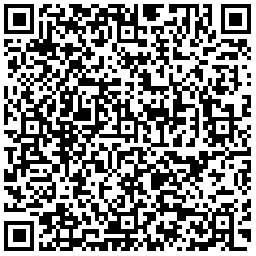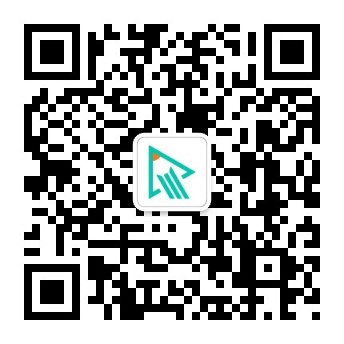2016.12.06 11:35
历年真题是高考生必备复习资料之一,为方便同学们复习高考英语阅读理解题,新东方在线高考网小编整理了历年高考英语阅读理解真题练习及答案,供同学们参考学习。点击下载>>历年高考英语阅读理解真题练习及答案(word版)
(B)
Is there link between humans and climate change or not? This question was first studied in the early 1900s. Since then, many scientists have thought that our actions do make a difference. In 1997, the Kyoto Protocol explained our role in the Earth’s changing atmosphere and set international limits for gas emissions(排放) from 2008 to 2012. Some countries have decided to continue these reductions until 2020. More recently, the Paris Agreement, stuck by nearly 200 countries, also aims to limit global warming. But just now how much warmer it will get depends on how deeply countries cut carbon emissions.
3.5℃
This is how much temperatures would rise by 2100 even if nations live up to the initial Paris promises to reduce carbon emissions; this rise could still put coastal cities under water and drive over half of all species to extinction.
2℃
To meet this minimum goal, the Agreement requires countries to tighten emissions targets every five years. Even this increase could sink some islands, worse drought(干旱) and drive a decline of up to a third in the number of species.
1.5℃
This is the most ambitious goal for temperature rise set by the Paris Agreement, after a push by low-lying island nations like Kiribati, which say limiting temperature rise to 1.5℃ could save them from sinking.
0.8℃
This is how much temperatures have risen since the industrial age began, putting us 40% of the way to the 2℃ point.
0℃
The baseline here is average global temperature before the start of the industrial age.
答案见下一页

扫码预约一对一精华课
资深教师+1对1定制教学
